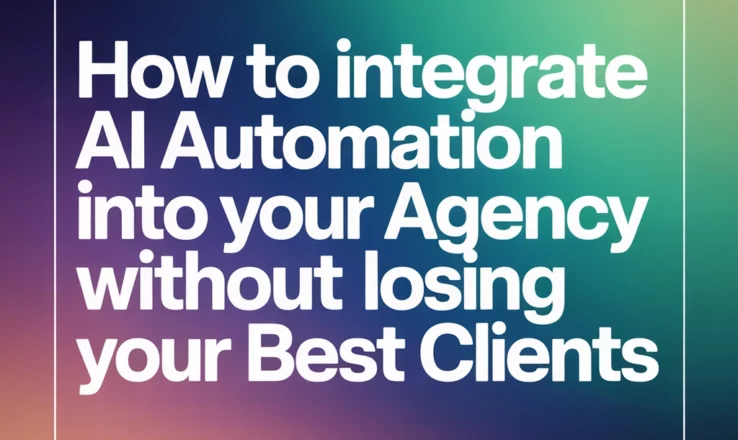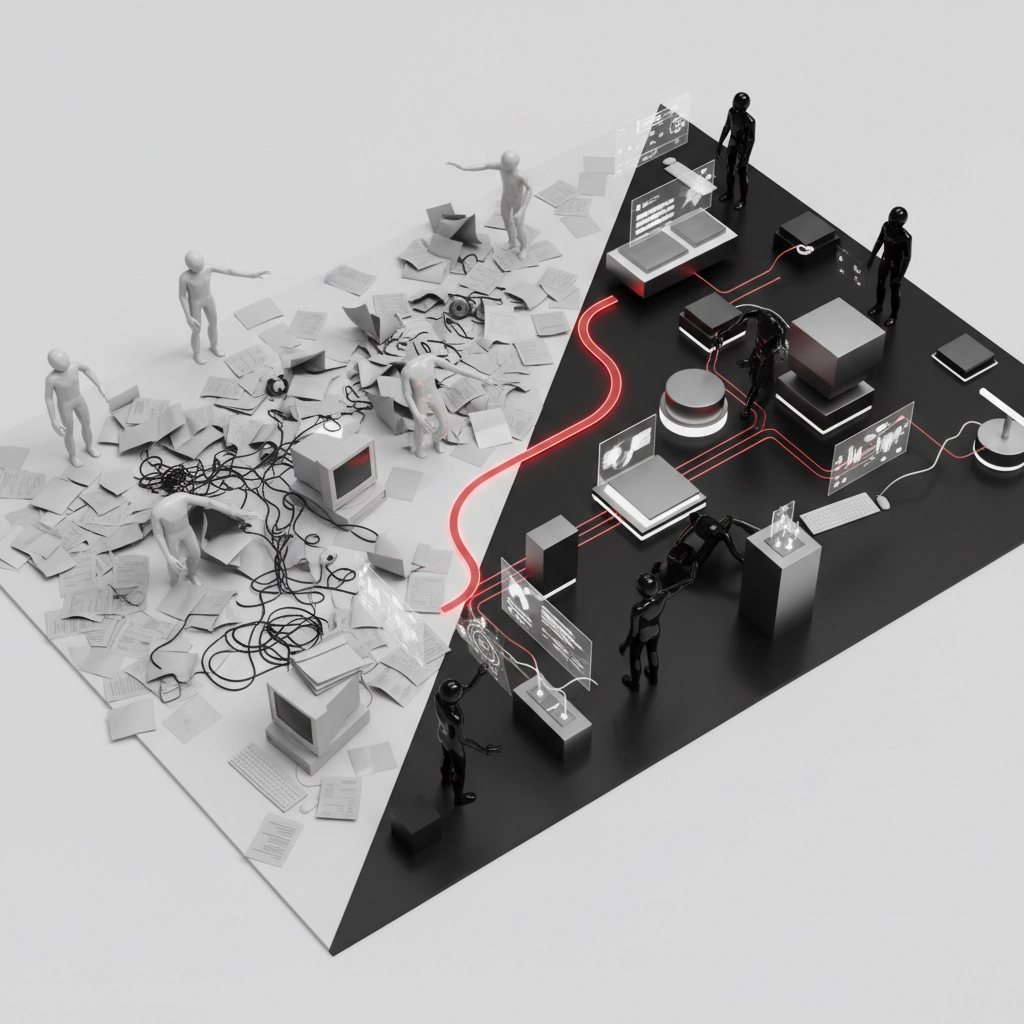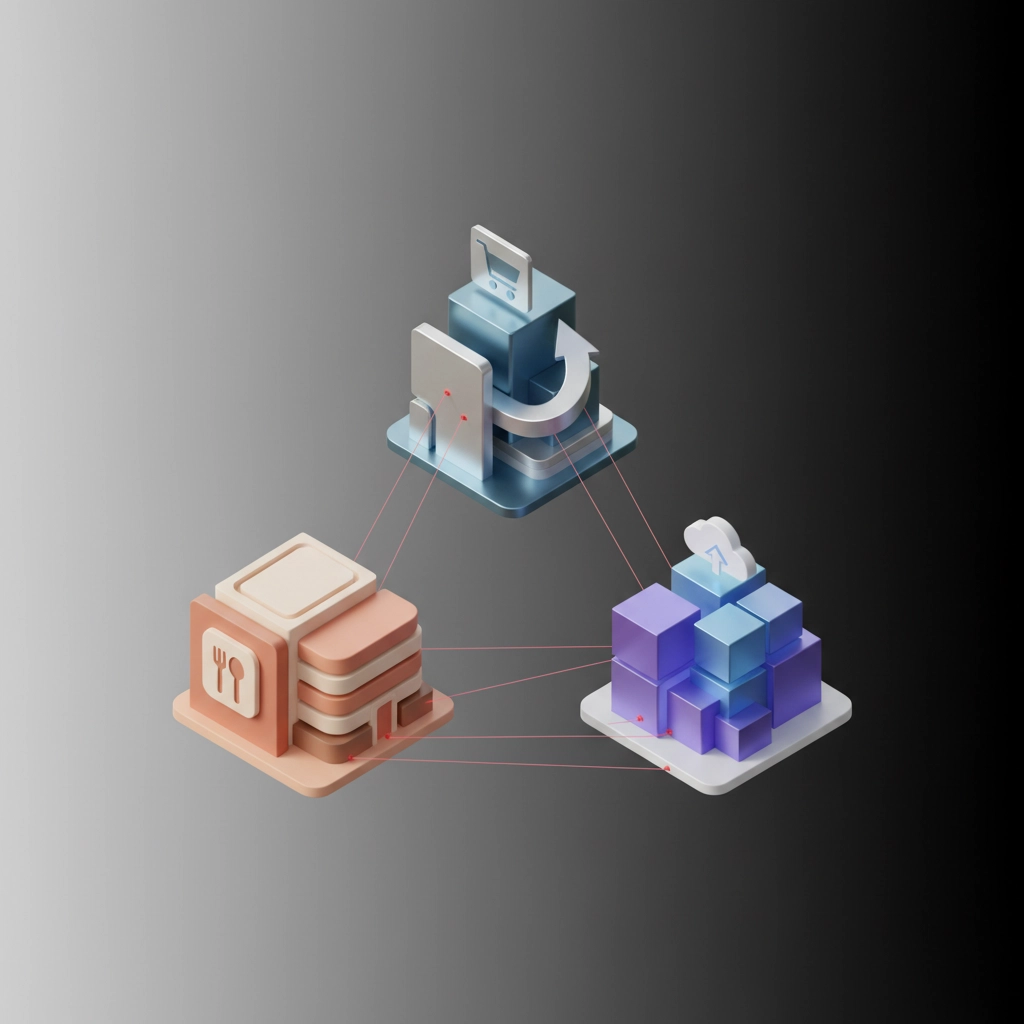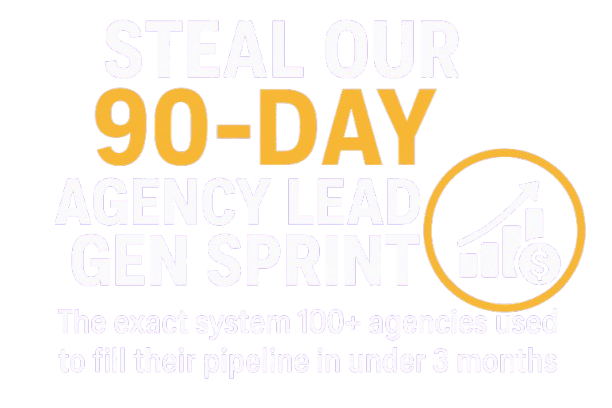
Agency founders: this guide walks you through the exact operating system I've built after years of integrating AI automation inside agencies without eroding key accounts. We're not skimming the surface—we're going straight into the workflows, guardrails, and communication that protect relationships while you scale.
Here's what you'll do today: map where automation belongs (and where it doesn't), deploy it behind the scenes first, communicate benefits with clear client-facing language, and run a three-wave integration plan with measurable checkpoints. By the end, you'll have a framework you can start tomorrow.
Take this seriously and be ready to execute. Follow the steps and you'll increase speed and quality at the same time; skip them and you invite churn you don't need.
Start Behind the Scenes (Your Secret Weapon)
Here's your first move: never start with client-facing automation. That's amateur hour, and it's exactly how agencies torpedo their best relationships.
Instead, begin with your internal operations. Start by automating your client onboarding process. Here's exactly how to do it:
Set up automated intake forms that feed directly into your project management system. When a new client signs, they immediately receive a branded welcome sequence that collects all their assets, brand guidelines, and project requirements without you lifting a finger.
Now configure your CRM to automatically tag and segment clients based on their responses. If they indicate they're an e-commerce client, boom—they get tagged for your e-commerce workflow. Service-based business? Different tag, different workflow.
Pro tip: This behind-the-scenes approach gives you 3-6 months to perfect your automation while clients experience improved service delivery. They'll notice things are smoother, but they won't know why—and that's exactly what you want.

The Transparency Framework (Non-Negotiable)
Now we're getting to the part that separates the pros from the wannabes. You must communicate transparently about automation, but here's the key: frame it around client benefits, not your operational efficiency.
Draft an email to your top 10 clients right now. Here's the template I use:
"Hi [Name], I wanted to give you a heads up about some exciting improvements we're making to how we deliver results for you. We're implementing some new AI-powered tools that will allow us to [specific benefit—faster reporting, deeper insights, more accurate tracking, etc.]. This means more of our team's time gets spent on strategy and creative work that directly impacts your bottom line."
Send that email before you implement anything client-facing. Trust me on this—the agencies that skip this step are the ones dealing with panicked client calls six months later.
Create a simple one-page document outlining your data usage policies. Nothing fancy, just clear language about how you handle their information and what safeguards are in place. Most clients will never read it, but having it ready shows you're thinking ahead.
Industry-Specific Implementation (Where the Money Is)
Here's where most agencies screw up: they try to implement generic automation across all clients. Don't be that agency.
Instead, identify your top three industry verticals and develop targeted automation solutions for each. If you work with restaurants, your automation needs to handle reservation systems, inventory alerts, and review management. E-commerce clients need abandoned cart sequences, inventory tracking, and customer segmentation.
Take your restaurant clients, for example. Implement automated review monitoring that alerts you when a negative review appears, then triggers a response workflow. Your client sees faster response times and better reputation management—they don't need to know it's automated.
For your SaaS clients, set up automated user behavior tracking that triggers email sequences based on feature usage. When someone stops using a key feature, the system automatically flags them for retention campaigns.
The key insight: Industry-specific automation feels native to their business instead of foreign. Clients embrace it because it speaks their language.

The Gradual Integration Method
Now let's talk implementation strategy. You're going to use what I call the "Three-Wave Approach":
Wave 1: Internal Process Automation (Weeks 1-4)
Start with project management workflows, time tracking, and internal reporting. Automate task assignments based on project types. When you onboard a new SEO client, the system automatically creates the standard deliverable checklist and assigns team members based on availability.
Wave 2: Behind-the-Scenes Client Workflows (Weeks 5-12)
Implement automated reporting systems, client communication sequences, and data collection processes. Set up monthly performance reports that generate automatically from your existing data sources. Clients get more consistent, detailed reporting without you spending hours in spreadsheets.
Wave 3: Strategic Client-Facing Automation (Weeks 13+)
Only now do you introduce automation that clients directly interact with. This might be AI-powered chatbots for their customer service or automated social media scheduling based on performance data.
Here's the crucial part: measure everything during each wave. Track client satisfaction scores, project delivery times, and team efficiency. If any metric drops, pause and fix it before moving to the next wave.
Quality Control That Actually Works
Let me be brutally honest: automation without human oversight is a recipe for disaster. Here's how to maintain quality while scaling efficiency.
Implement what I call "Human Checkpoints" at critical stages. For automated content creation, require human review before anything goes live. For automated client communications, have a senior team member approve templates and sequences.
Set up automated quality checks within your automated processes. If your system generates a report with unusual metrics, flag it for manual review. If an automated email campaign has a response rate below your threshold, pause it and investigate.
Create escalation protocols right now. When does automation hand off to human intervention? Define these triggers clearly: unusual client requests, performance anomalies, or anything involving sensitive topics.

Training Your Team (The Make-or-Break Factor)
Your team will make or break this entire process. Here's how to get them on board instead of fighting you every step of the way.
Start with your most tech-savvy team members. Train them first, then have them help train others. People learn better from peers than from bosses, and this creates internal champions for your automation initiatives.
Address the elephant in the room: job security fears. Be direct about how automation changes roles rather than eliminating them. Show team members how automation handles repetitive tasks so they can focus on strategy, creativity, and client relationship building.
Provide specific training on each automated system. Don't just show them how to use it—explain why you chose this approach and how it benefits clients. When your team understands the strategy, they become advocates instead of obstacles.
Create simple documentation for each process. One-page guides that explain the automation, when to intervene, and who to contact with issues. Keep it simple and accessible.
Measuring What Matters
Here's where most agencies completely miss the mark: they measure the wrong things. You don't care about how much time automation saves—you care about client outcomes and satisfaction.
Track these metrics religiously:
Client Satisfaction Scores: Survey your clients quarterly. Specific questions about communication quality, deliverable timeliness, and overall experience. If scores drop, you know something's wrong.
Project Delivery Times: Measure time from project initiation to completion. Automation should improve this metric consistently.
Client Retention Rates: Your ultimate measure of success. If you're losing clients after implementing automation, you're doing it wrong.
Revenue per Client: Automation should free up time for higher-value activities. If this doesn't increase over time, reassess your approach.
Set up automated dashboards that track these metrics in real-time. Review them monthly with your team and adjust processes based on the data.

The Advanced Playbook (For When You're Ready)
Once you've mastered the basics, here are the advanced strategies that separate elite agencies from everyone else:
Predictive Client Success Modeling: Use AI to analyze client data and predict which accounts might be at risk. Identify patterns in communication frequency, project satisfaction scores, and engagement metrics that predict churn.
Automated Upselling Sequences: When clients hit specific success milestones, trigger automated sequences that present relevant upgrade opportunities. A client whose organic traffic increases 50% gets information about content expansion services.
Dynamic Resource Allocation: Automatically adjust team assignments based on project complexity, client priority, and team capacity. High-priority clients always get your best resources without manual oversight.
The key to advanced automation is maintaining the human element where it matters most. Automate the operational stuff, but keep humans involved in strategic decisions and relationship management.
Making It Stick (Your Implementation Timeline)
Here's your action plan for the next 90 days:
Days 1-7: Audit your current processes and identify automation opportunities. Start with the most repetitive, time-consuming tasks that don't require strategic thinking.
Days 8-30: Implement Wave 1 automation (internal processes only). Train your team on new systems and establish quality control procedures.
Days 31-60: Roll out Wave 2 automation (behind-the-scenes client workflows). Start measuring client satisfaction and delivery metrics.
Days 61-90: Begin Wave 3 implementation (strategic client-facing automation) with your most trusting clients first.
Beyond Day 90: Continuous optimization based on data and feedback. This isn't a "set it and forget it" process—it requires ongoing attention and refinement.
Great work making it through this comprehensive framework! You now have the exact blueprint I use with agency clients to successfully integrate AI automation without damaging relationships.
The agencies that implement this systematically are the ones growing while their competitors struggle with manual processes and burned-out teams. The choice is yours—but if you're going to do this, do it right.
Start with Wave 1 this week. Your future self (and your clients) will thank you.
